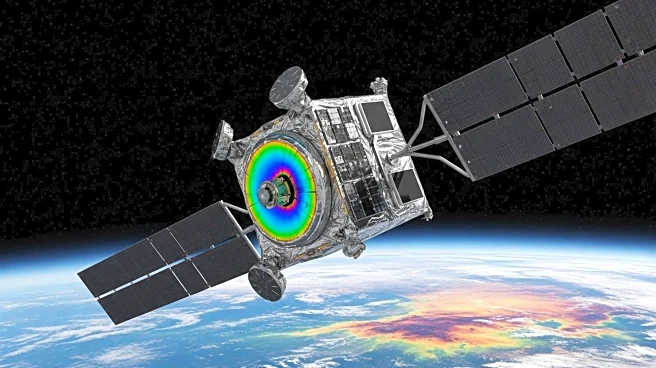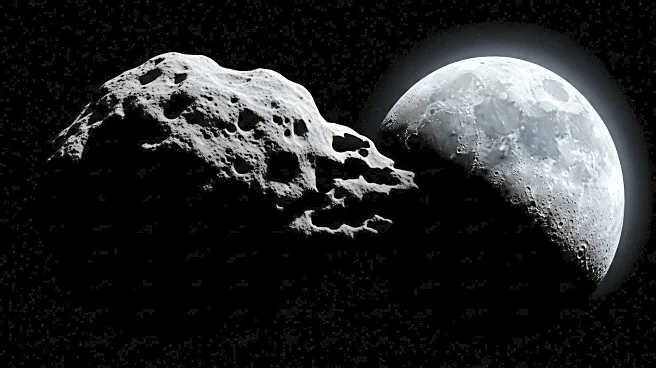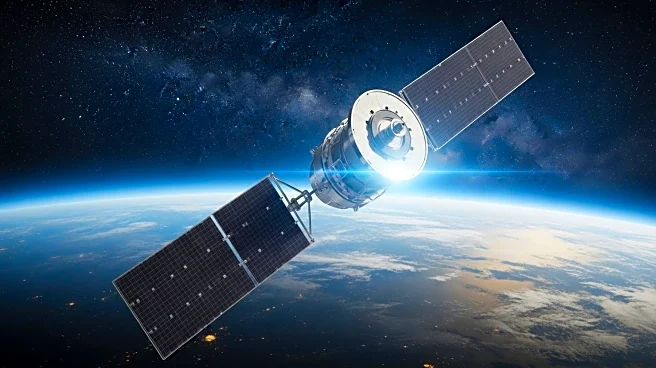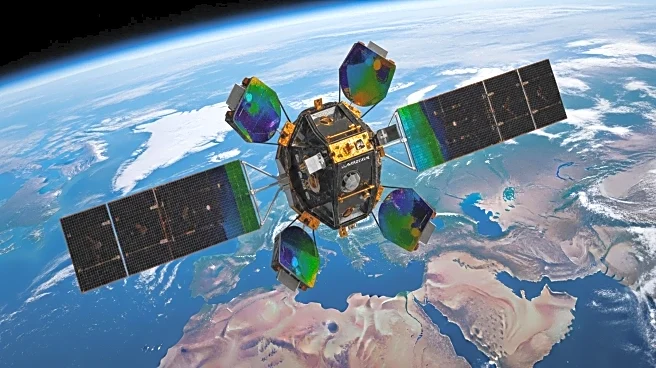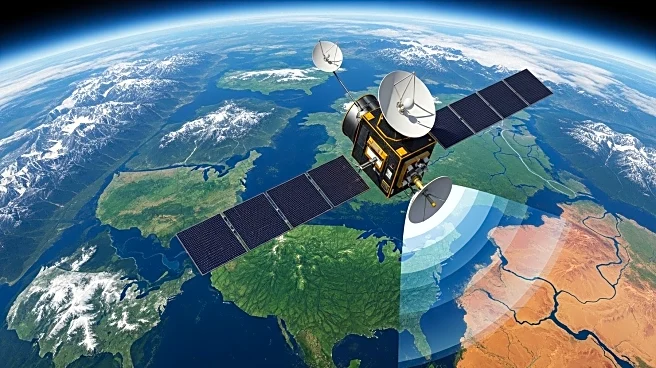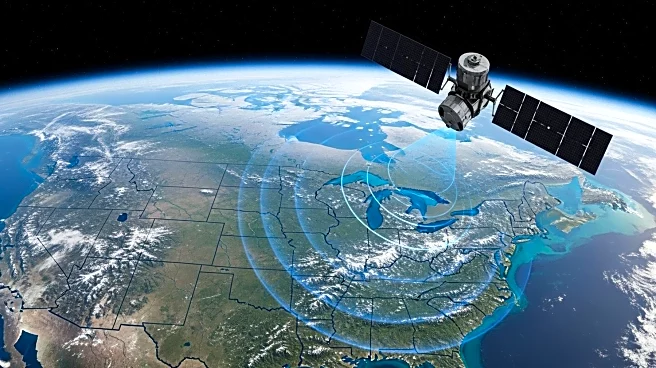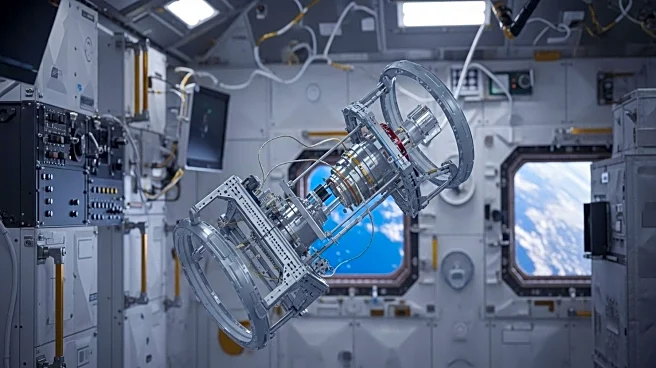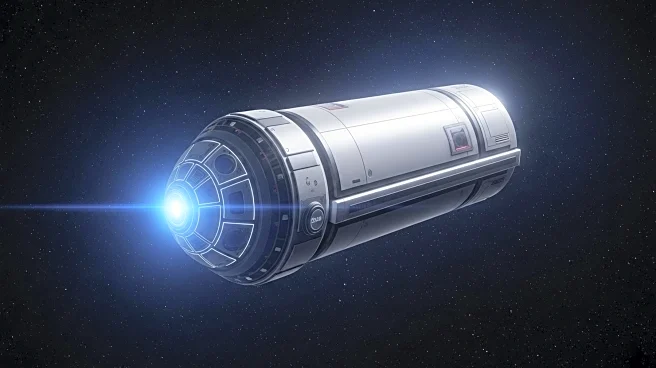What's Happening?
The NISAR mission, a collaboration between NASA and the Indian Space Research Organization, has released its first radar images of Earth. Launched on July 30, the satellite aims to observe and map Earth's complex processes, including ecosystem disturbances and ice sheet collapses. The initial images captured portions of Maine and North Dakota, showcasing the satellite's capabilities in monitoring land and ice surfaces.
Why It's Important?
The NISAR mission represents a significant advancement in Earth observation technology, providing valuable data for disaster response and agricultural management. By capturing detailed radar images, the satellite can help scientists and decision-makers better understand environmental changes and develop strategies to mitigate their impacts. This collaboration between NASA and ISRO highlights the importance of international partnerships in addressing global challenges.
What's Next?
The NISAR satellite will begin its full science operation in November, monitoring Earth's surfaces twice every 12 days. As the mission progresses, it will provide critical data for various applications, including climate change research and infrastructure planning. The continued collaboration between NASA and ISRO may lead to further advancements in Earth observation technologies and international scientific cooperation.

